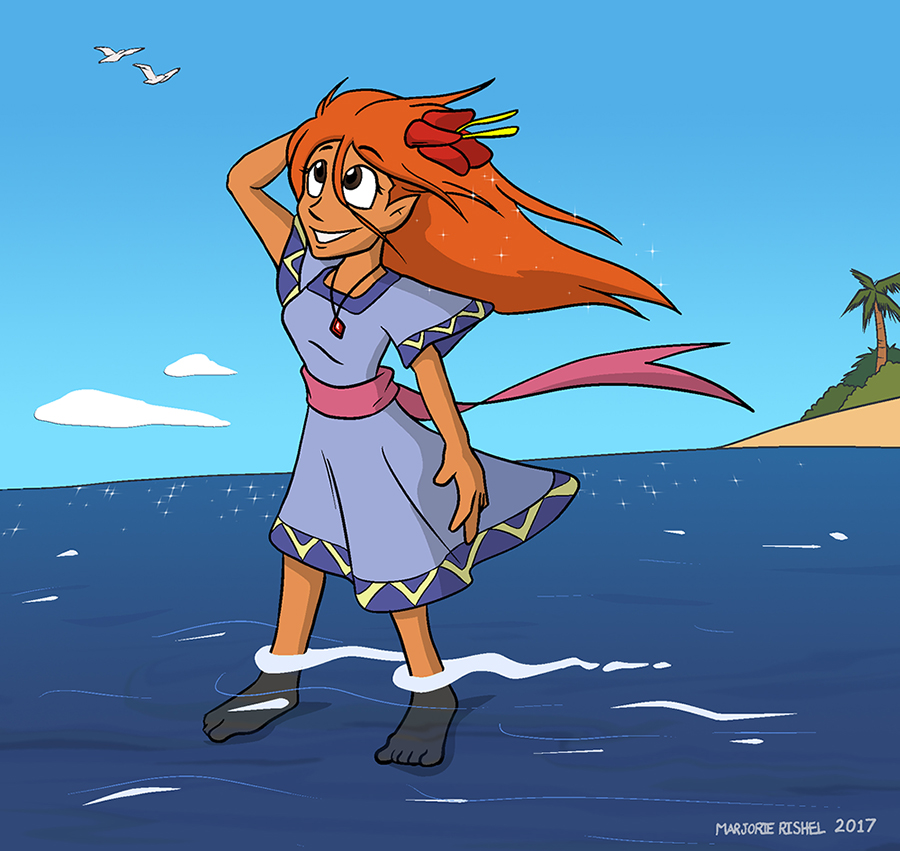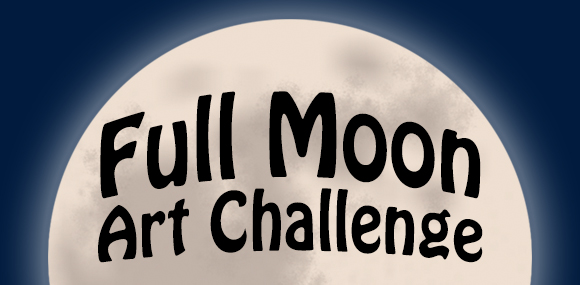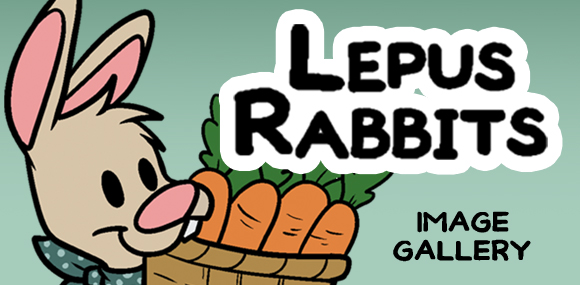By now, many of you have probably seen the trailers for the new version of Legend of Zelda: Link’s Awakening.
I really enjoyed the original Link’s Awakening and I’m glad it’s been chosen for an update. I’d like to take a moment to share some thoughts on the game, the experience, its legacy, and its place in history.
Why Remake Link’s Awakening?
I find it interesting that this little game was chosen for a remake. Don’t get me wrong, Link’s Awakening certainly deserves to be remade – to be experienced by a new audience. But with so many beloved titles in the LOZ series, it’s interesting that this was the one chosen for an update. After all, Link’s Awakening had a relatively humble beginning compared to the console games. It was made for the original Gameboy, a system with a small screen and limited color palette (only four gray-scale colors, yikes!) Like many Gameboy titles, the development team was a mix of console series veterans and newcomers. Link’s Awakening borrowed elements from the previous Zelda games, while also adding its own unique pieces, resulting in a game that both fit in with and stood out from the rest of the Zelda series.
For many players, Link’s Awakening was their introduction to the Legend of Zelda franchise. In the early 90’s many parents were starting their kids on the Gameboy, testing the video game waters before committing to a home console. Other, often younger, kids had an NES or SNES, but found the Zelda titles intimidating or uninteresting. But the cute little Gameboy version seemed more accessible and less of a commitment. And while Link’s Awakening wasn’t the perfect representative for the Zelda series, it offered a lot of things that made it beginner-friendly. The game had a clear, straightforward goal: Wake a sleeping fish by recovering the eight magical instruments and playing the fish’s song for him. Each instrument was kept in a dungeon and guarded by a boss monster, so players could figure out the game’s structure and patterns fairly early on. Players could also view the instruments they had collected on an item screen, which served as a sort of in-story progress meter. There were a few plot twists and mysteries, but nothing that interfered with the main quest structure. The game also took place on a single island. It offered many places to explore, but players never had to feel like they could get lost on a vast continent. The game was uncomplicated, but in a good way that really served the original audience.
How Link’s Awakening Influenced the Zelda Universe
Despite Link’s Awakening being a bit of an outlier, Nintendo has made efforts to include it in the Zelda Universe by referencing it in later games. In Legend of Zelda; Majora’s Mask, the underwater Zora band is rumored to have played a cover of The Ballad of the Wind Fish, the magical song from Link’s Awakening. In Legend of Zelda; Breath of the Wild, players can find the bones of a giant fish – perhaps the Wind Fish himself or one of his kind. And after Link’s Awakening, large fish deities, also known as the Leviathans, have become common elements in many Zelda games. These Leviathans include Jabu-Jabu in Ocarina of Time, Jabun in The Wind Waker, The Ocean King in Phantom Hourglass, and Levias in Skyward Sword.
One of my favorite games, Legend of Zelda; The Phantom Hourglass, shares staggering a number of plot points with Link’s Awakening (Spoilers ahead.)
- Both games have a very similar visual aesthetic as Link explores islands full of tropical forests, abandoned castles and underground dungeons.
- Both stories start with Link on a journey across the ocean.
- Link is lost at sea during a storm and washes up on the shore of a mysterious island.
- Link is rescued by a female protagonist who takes him back to her family to help him recover.
- Link discovers that he can only be returned by fish deity who must be woken from it’s sleep.
- But a malevolent outside force is keeping the great fish from waking up. This outside force must be defeated so peace and order can return and Link can to get back to where he belongs.
- Somewhere around the each story’s mid-point, Link learns something that makes him realize that this quest is not what it seemed, yet he must persevere.
- At the end, once the great fish is saved, it is revealed that Link is not in is own world and he must be returned safely, but this means he must say good-bye to the female protagonist who saved him.
I have no idea why the Phantom Hourglass team decided to base so much of their story on Link’s Awakening. It’s worth noting that, although Link’s Awakening and Phantom Hourglass were made about fifteen years apart, the development teams shared some of the same designers. Perhaps working on another handheld game made these designers nostalgic for their earlier work. Or maybe they thought that nostalgia would resonate with their audience. I suspect they just loved the original story and wanted try to make it again with better technology. If that’s the case, then this upcoming Link’s Awakening remake must surely be a dream come true for those designers.
New Old Art Style
I would be remiss if I didn’t talk about the art style of the new Link’s Awakening. Obviously, the game couldn’t stay in 8-bit grayscale for a remake, but the visual limitations of the original certainly gave the new game’s art designers a lot of options for updates. This new version doesn’t use the intricate character models and assets from more current Zelda games like Breath of the Wild. It doesn’t use the Toon Link design from games like The Wind Waker either. Instead, the art looks like a cleaner version of the 90’s graphics. The opening video (cut scene?) looks like what 80’s/90’s anime would look like if it were cleaned up a little, while the playable game itself looks a bit like clay sculptures and figurines. I find it reminiscent of those early Nintendo Power magazine covers, the ones that were adorned with sculpted dioramas of game scenes. I’ve already read both positive and negative responses to the art choices, but I feel that this is one of the better decisions for a remake.
In Conclusion…
I hope the new Link’s Awakening is successful. While the original will always have a place in the hearts of its original fans, the game is… challenging to introduce to younger players. We’ve reached a point in time where vintage Gameboy games are becoming unplayable unless they are altered. They’re not often carries in virtual shops, they’re a hard sell with young players, and original Gameboys are literarily deteriorating into unplayable states. Links Awakening has a sound structure and enjoyable gameplay. It really only needs cosmetic changes to make it inviting again. It’s my hope that this remake will allow Link’s Awakening to live on and keep the dream going, at least a little longer.













